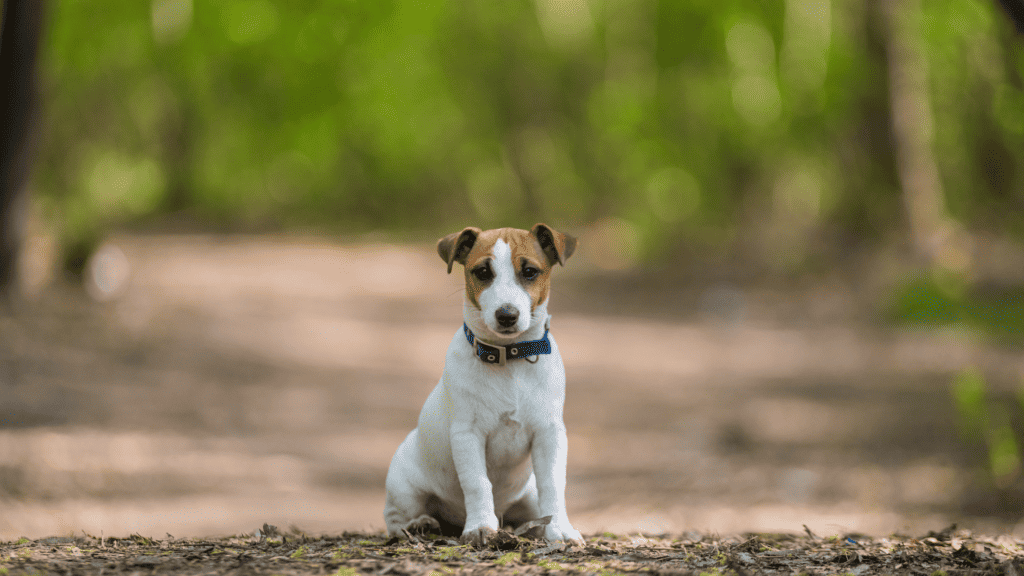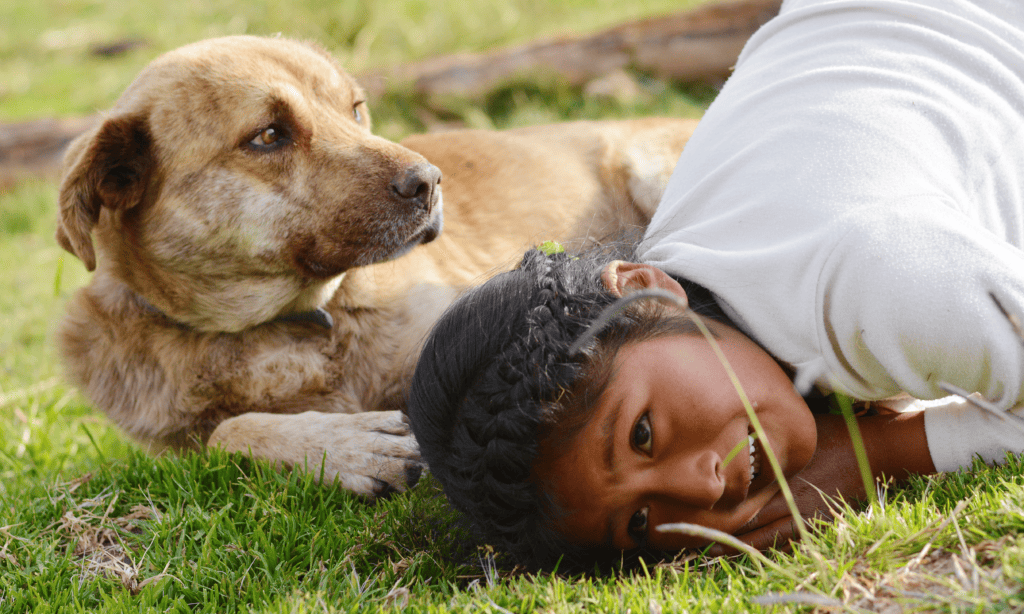Tips for Finding Lost Pets

When the Worst Case Scenario Happens...
Many pet owners have experienced that heart-stopping moment when they realize their beloved four-legged family member is missing.
In many cases, the strays that roam our neighborhoods and countryside were once someone’s cherished pet who couldn’t find their way back home. I’ve seen it firsthand in our community, and it’s a heartache that’s as real as any other loss.
Let’s work together to reunite families and pets with these tips for finding lost pets.
As Soon as Your Pet Goes Missing
The first few hours are so important when your pet goes missing, so don’t let the fear and stress incapacitate you. Now is the time to spring into action.
Check Your Home & Backyard
Before raising the alarm, check that your pet hasn’t found a new hiding spot inside your house or in your backyard. Look under beds, closets, and any other nooks and crannies they might have snuck off to.
Contact Your Neighbors
Once you’ve checked that your pet isn’t hiding nearby, contact your neighbors and ask them to spread the word. A quick chat or a message on community social media platforms can help spread the word fast.
Visit Shelters & Vets
It’s not uncommon for kind souls to take lost pets to nearby shelters or veterinary offices. Make sure you personally visit these places with proof of your ownership, such as photos and vet records. They should also be able to scan the microchip.

Look to Social Media & Pet Tech
Social media can be an invaluable tool in locating lost pets. Its power to spread messages quickly can often lead to happy reunions.
Facebook & Local Pet Groups
Most areas have local Facebook groups dedicated to lost and found pets. Post clear photos, a pet description, and your contact information. Tag your location for maximum reach.
Tracking Apps
If your pet has a GPS collar, monitor the app for updates. You can also use other pet tracking applications to notify nearby users about your missing pet.
Digital Flyers
Websites like PawBoost allow you to create a digital flyer for your lost pet that can be shared easily on various social platforms. Use vivid, high-quality photos and provide distinct markings or characteristics to identify your pet.

Conduct a Physical Search
Next, you need to get boots, paws, and claws on the ground to conduct a physical search. If possible, recruit friends and neighbors to help you look.
Printed Flyers
Traditional methods like flyers and posters are still effective. Place them at eye level and in busy areas like grocery stores, community centers, and parks. Offer a reward if you can.
Go at Different Times
Animals have different activity patterns. Searching at different times like early morning, afternoon, and late evening, gives you the best shot at finding your furry friend.
Organize a Search Party
Ask your loved ones and neighbors to spread out the search. Organize into smaller groups and cover different areas. Create a group text for updates/clues.

If You Suspect Your Pet Was Stolen...
While it’s painful to consider, sometimes bad actors take steal pets from backyards to keep as their own, resell, or some other nefarious purpose. If you suspect this has happened:

File a Police Report
While it’s painful to consider, sometimes bad actors take steal pets from backyards to keep as their own, resell, or some other nefarious purpose. If you suspect this has happened:

Contact the Local Media
While it’s painful to consider, sometimes bad actors take steal pets from backyards to keep as their own, resell, or some other nefarious purpose. If you suspect this has happened:
Don’t Give Up!
I know how deeply painful each passing hour can be when your pet is missing. But I’ve also witnessed miracles fueled by pet owners’ relentless hope and the community’s ability to come together in times of need.
Keep the faith and never stop searching because every pet deserves to find its way back home.
Give Animals in Tribal Communities a Fighting Chance
Support the Native America Humane Society’s mission to empower tribal communities to manage and care for their animal populations. Make a difference today.




